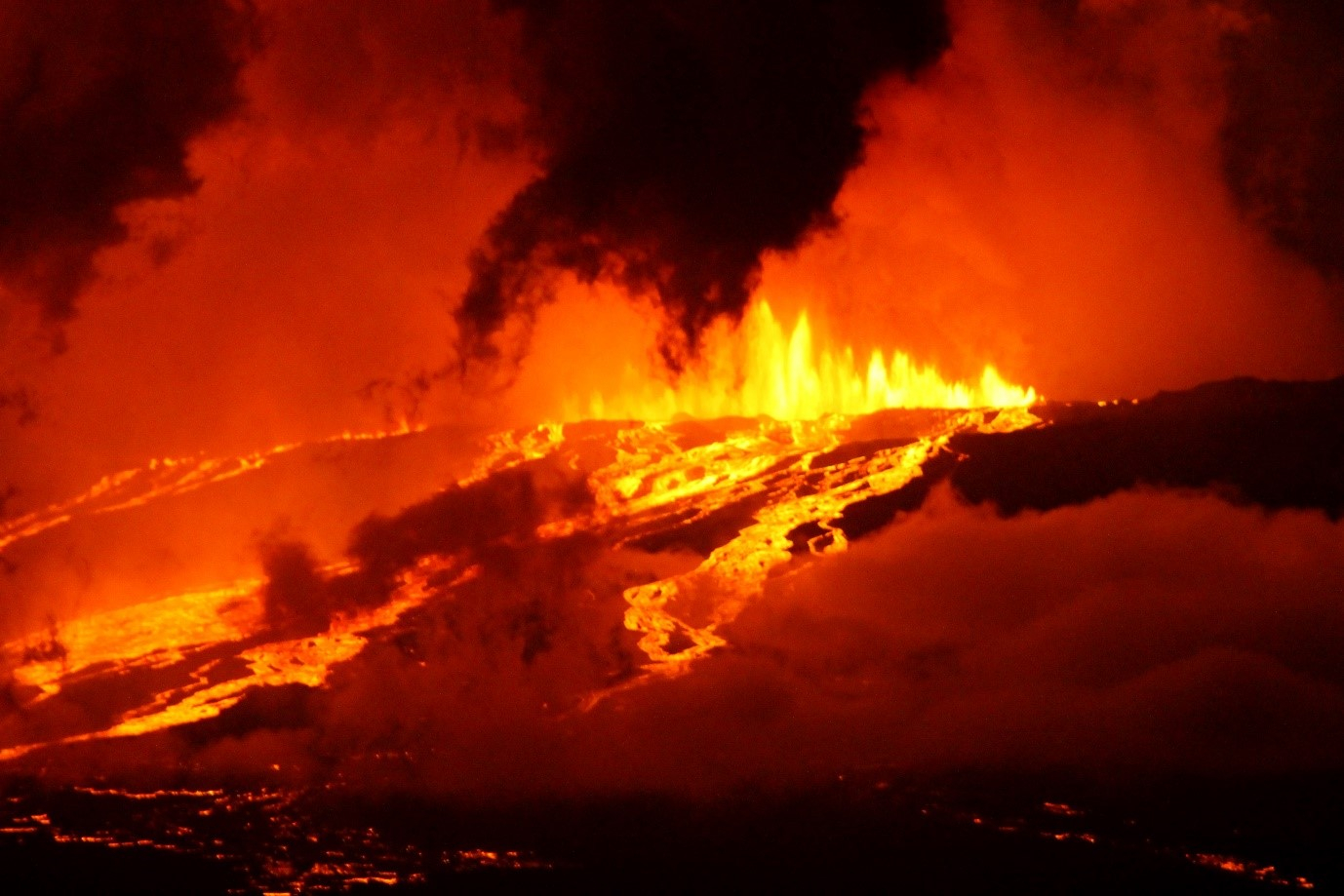A team of volcanologists, led by Prof. Michael Stock from Trinity’s Department of Geology, have discovered that the composition of volcanoes and their magmas may not be as predictable as was previously believed.
The study has found that volcanoes that typically produce small basaltic lava eruptions, have magmas of great chemical diversity in their plumes (emitted ash and gas). This gives them the potential to erupt violently and, likely, unexpectedly and uncharacteristically.
Many volcanoes are quite consistent in their type of eruption, and it is this uniformity in trends that act as the basis of hazard planning for local authorities. Eruptions and their severity levels are well known and allow pre-emptive measures to be put in place.
Volcanoes of Hawaii, Iceland and the Galápagos islands typically erupt lava flows composed of molten basaltic magma. This magma is of little risk to nearby properties, and does not pose danger to lives.
However, the new research suggests that there is the possibility for a volcano to shift to more dangerous eruptive behaviour, after long periods of stability and predictable eruptions.
Prof Stock’s team of scientists from the US, UK and Ecuador studied two Galápagos volcanoes that have only erupted basaltic lava flows at the Earth’s surface for the duration of their lifetimes.
The scientists were able to reconstruct the chemical and physical characteristics of the magmas stored underground, by analyzing the compositions of the microscopic crystals in the lava above the surface.
Prof Stock explains how the results were very much unexpected:
“We started the study wanting to know why these volcanoes were so boring and what process caused the erupted lava compositions to remain constant over long timescales. Instead we found that they aren’t boring at all – they just hide these secret magmas under the ground.”
The study shows that the chemical composition of the magmas beneath the surface is quite diverse and similar to that of Mt. St Helens, the volcano behind the infamous 1980 explosive eruption. This connection suggests volcanoes of this nature have the ability to erupt explosively under certain circumstances.
Prof Stock adds:
“Although there’s no sign that these Galápagos volcanoes will undergo a transition in eruption style any time soon, our results show why other volcanoes might have changed their eruptive behaviour in the past.”
“The study will also help us to better understand the risks posed by volcanoes in other parts of the world – just because they’ve always erupted a particular way in the past doesn’t mean you can rely on them to continue doing the same thing indefinitely into the future.”
What is the cause behind this surprising contrast in chemical composition of magma below the surface and lava above? The research team believes this is related to proximity to “hot spots”. A hot spot is a plume of hot magma rising towards the surface from deep within the Earth.
The researchers surmised that the amount of magma flushing through the ground beneath the edifice, due to the presence of a hot spot, is high enough to “overprint” any chemical diversity.
The wide chemical composition underground is essentially hidden by the hotspot magma. Moreover, this results in volcanoes that consistently erupt compositionally uniform basaltic lavas.
The study may prompt volcanologists worldwide to revise volcano monitoring networks and data interpretation techniques -leading to changes in eruption predictions and updates in potential hazards of what were before considered ‘safe’ volcanoes.






